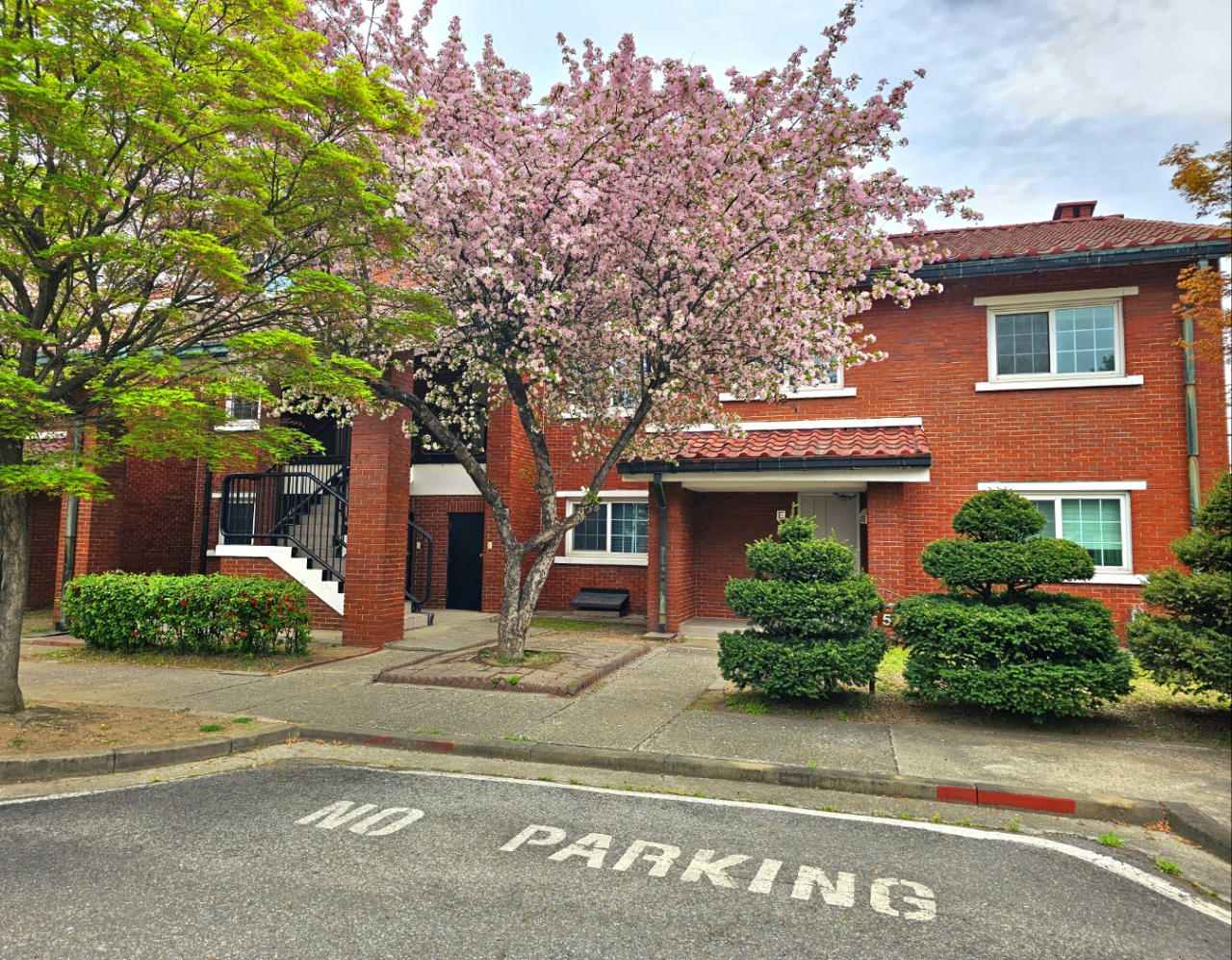 |
A red brick townhouse in Black Hawk Village, a former residential compound for US military officers at the southeastern tip of Yongsan Garrison (Choi Jae-hee / The Korea Herald) |
On a recent Tuesday morning, a sense of calm pervaded Black Hawk Village, a remnant of the Yongsan Garrison, the old headquarters of the US Forces Korea.
Once home to American soldiers and their families, the village of 18 buildings is a relic from a time when the foreign military had its headquarters right in the heart of Seoul.
For Hwang, a bride-to-be in her 20s, however, it is the perfect backdrop for her pre-wedding photo shoot.
“The hues of the brownish-red buildings, green lawns and pink flowers are so beautiful against a blue sky,” she said, wearing a white wedding dress. Beside her stood the soon-to-be groom, fittingly decked out in a tuxedo.
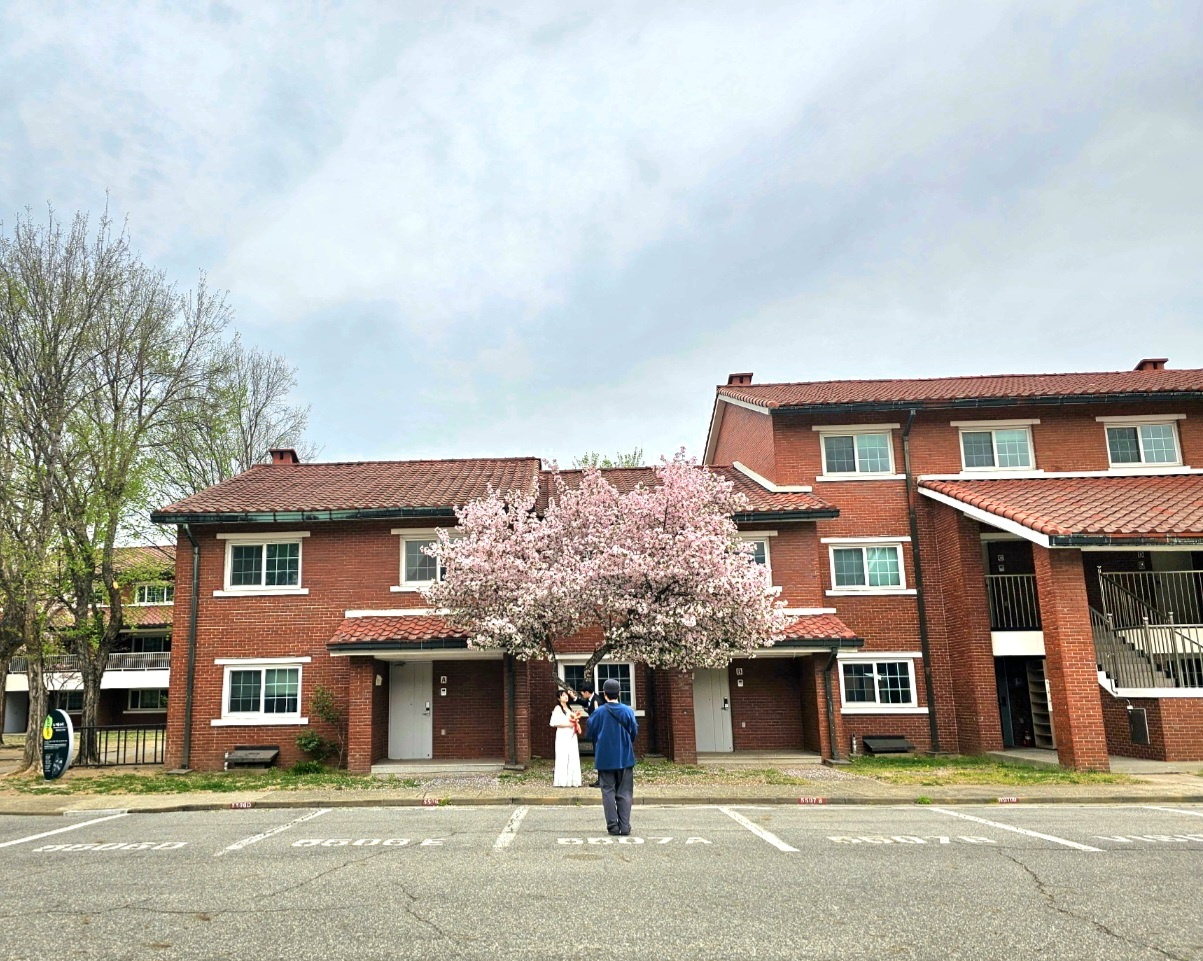 |
Hwang and her boyfriend participate in a wedding photo shoot against the backdrop of red brick townhouses, on April 4 (Choi Jae-hee / The Korea Herald) |
“The ‘exotic’ look of the houses here perfectly matches our vintage-themed wedding photos.”
By exotic, the couple apparently meant the red-brick American townhouses, the aesthetics of which are not commonly found in the concrete jungle of Seoul.
Black Hawk Village was home to some 129 households, mostly the families of senior military officers, until the relocation of the US military bases to Pyeongtaek, which has occurred in several phases since 2007.
The residences, built by Seoul’s state-run Korea Land & Housing Corp., have two or three-stories, complete with lawns, flower beds, a garage and a barbecue pit. Even the signs are written in English, except for those newly installed after the villagers moved out in late 2019.
 |
Red brick townhouses in Black Hawk Village (Choi Jae-hee / The Korea Herald) |
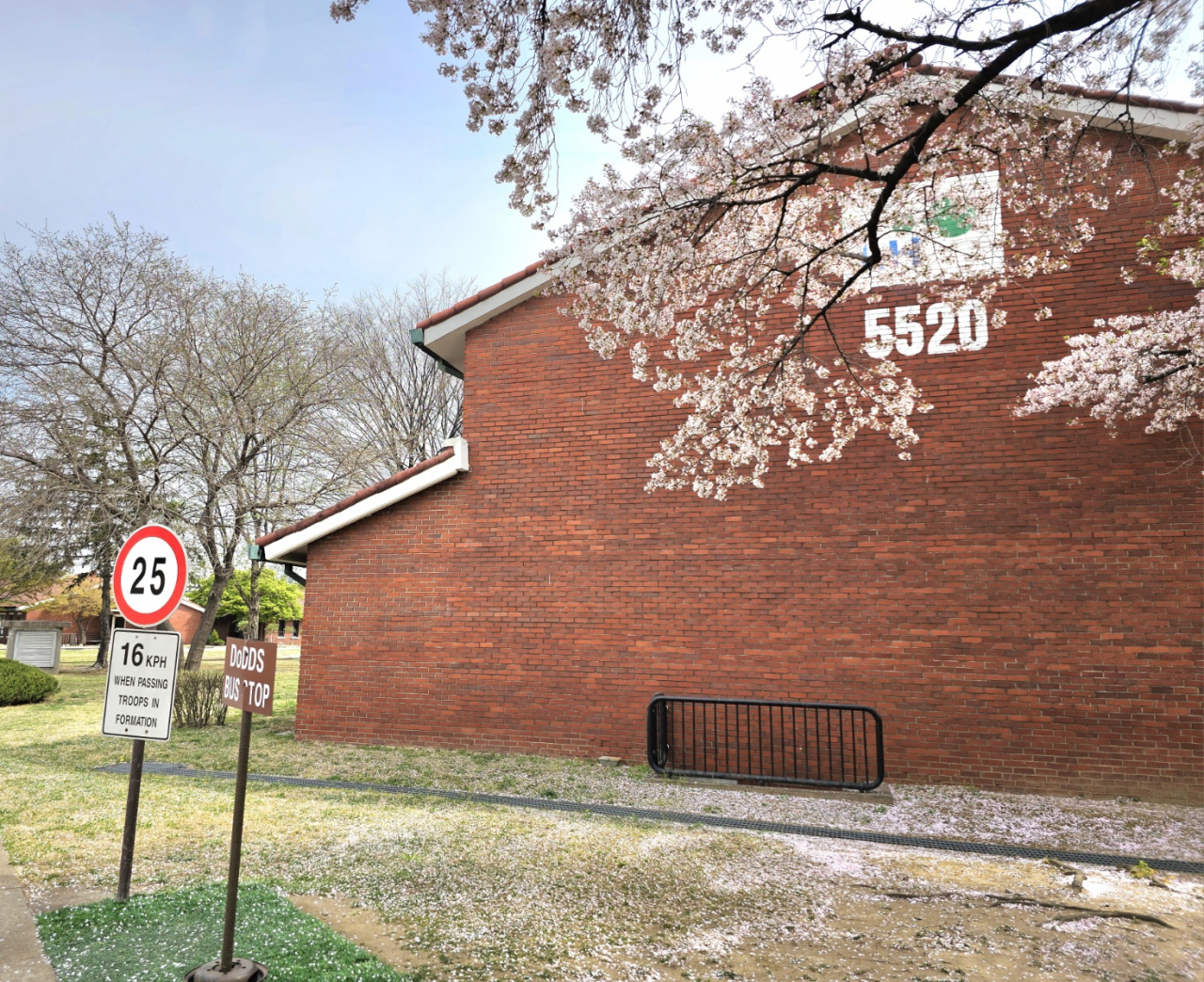 |
Signage in English in front of a red brick townhouse (Choi Jae-hee / The Korea Herald) |
Resembling a typical American town, the place, which had been off limits to locals, is now a popular destination to feel “American vibes” in Seoul, according to visitors on Tuesday.
On Instagram, one can easily find couple pictures and selfies shot against the village's townhouses. Many of the posts feature the Korean term for "American vibes" -- "miguk gamseong" -- as a hashtag.
Dance cover videos by foreign influencers on platforms like TikTok and YouTube Shorts are often shot in the village.
Open-air museum
The village, spanning about 50,000 square meters of land on the southeastern tip of the vast Yongsan Garrison compound, is now one big, open-air museum. It opened to the public in August of 2020.
The Seoul government, planning to turn the former US military compound into a huge public park, has kept most of the village’s buildings intact.
There have been some new additions as well.
Some of the open spaces between the townhouses have been transformed into small parks with wooden tables under trees, providing a pleasant spot for visitors to sit down and have a picnic. A park with slides and seesaws is particularly popular among families with young kids.
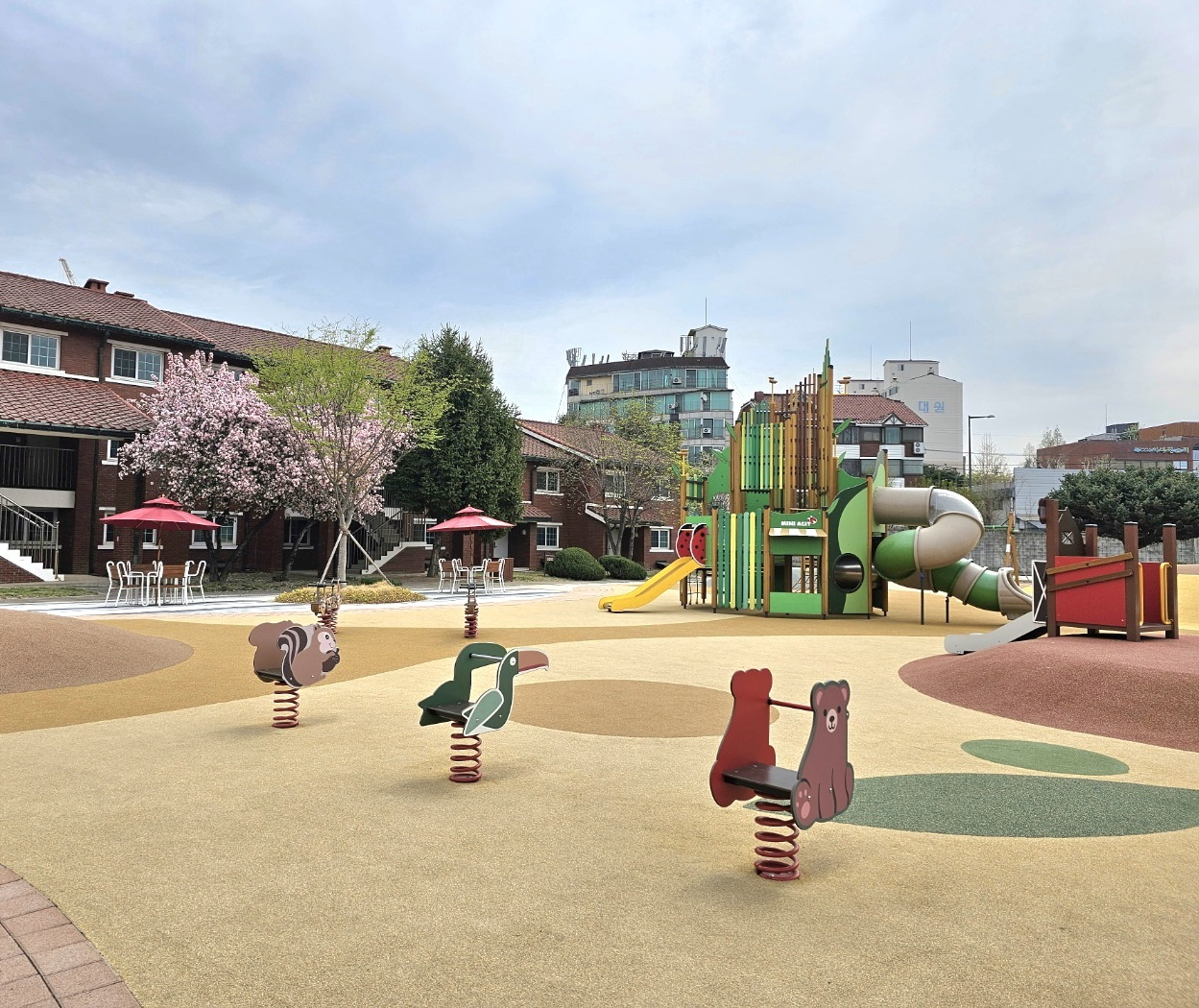 |
A playground for children with slides and seesaws (Choi Jae-hee / The Korea Herald) |
Visitors can get a glimpse into the life of the people who lived there at an open house.
This particular residence is furnished with photographs of some high-ranking officers and wall installations displaying their biographical descriptions. Household items, furniture and clothing that the residents actually used are on display for visitors to see.
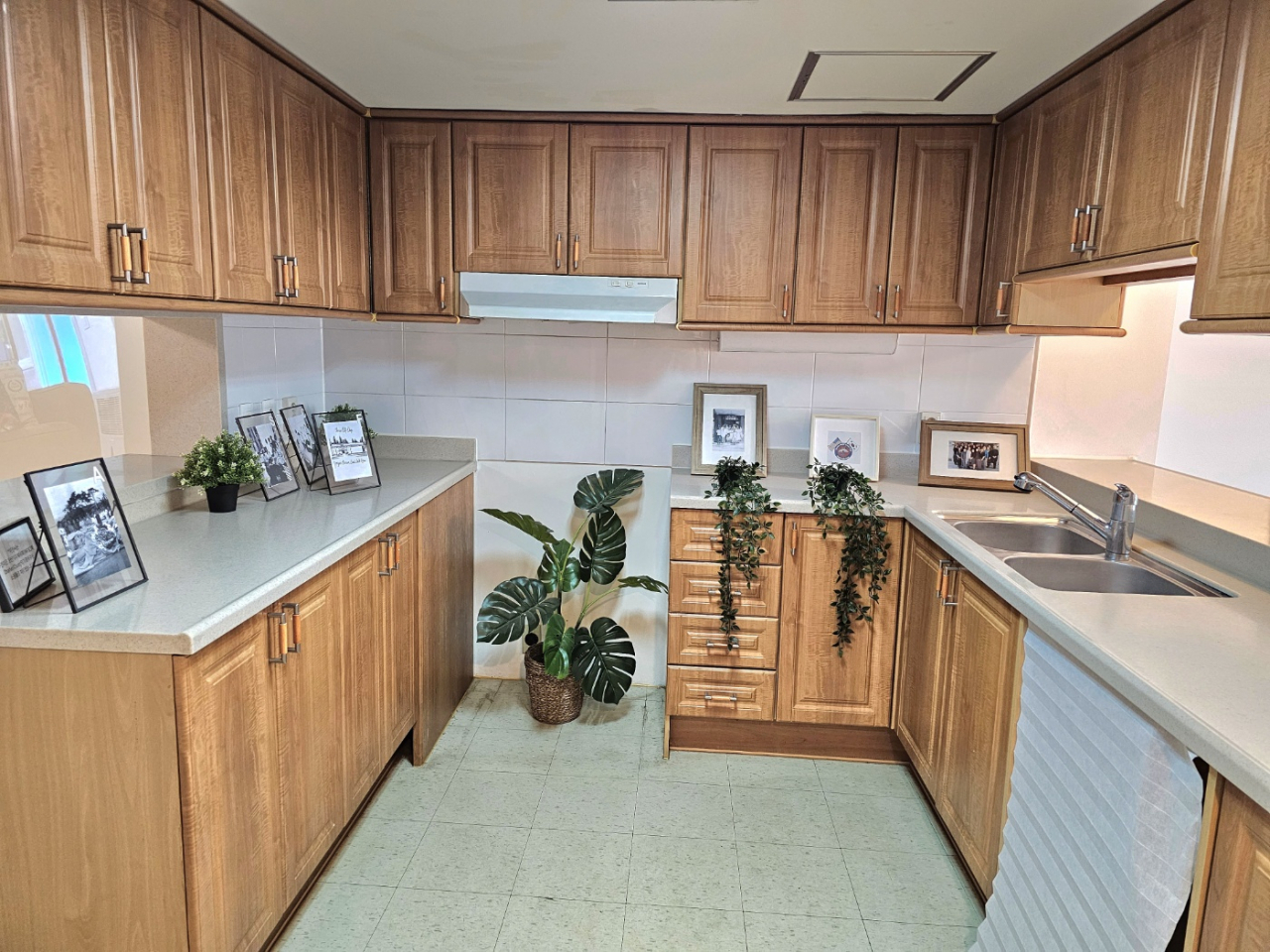 |
A kitchen inside one of the townhouses in Black Hawk Village, previously used by an American soldier's family (Choi Jae-hee / The Korea Herald) |
There is also a separate exhibition hall that displays photographs telling the history of the Yongsan Garrison as well as that of the Korean government’s park construction project.
As to whether the village will be preserved as it is now or whether it will eventually be demolished for the planned Yongsan Park, Seoul’s Ministry of Land, Infrastructure and Transport couldn’t provide a definitive answer.
A lot of the park project has undergone changes and modifications over the past few years.
The idea of turning the vast space occupied by the US Forces Korea in Seoul into an urban park dates back to 2005, when the allies set in motion the relocation to Pyeongtaek.
The plan was to create a 2 million square meter city park, which will be the largest of its kind to date.
As of last year, a total of 764,000 square meters of land that had been occupied by the US military has been returned, which is about 31 percent of the total base area, according to the Land Ministry, which oversees the park project.
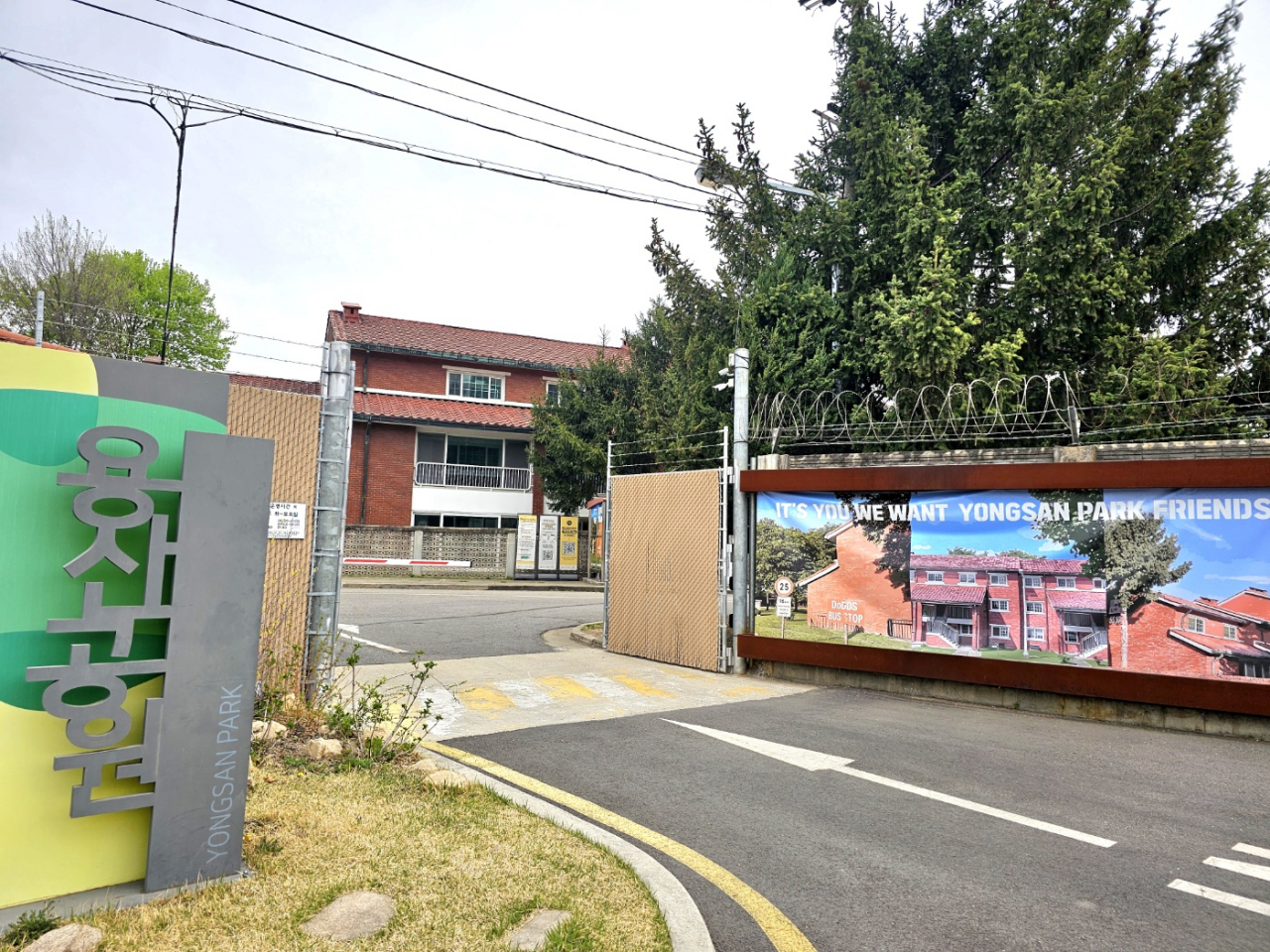 |
An entrance to Black Hawk Village, which opened its doors to the public in August 2020 (Choi Jae-hee / The Korea Herald) |
The opening up of Black Hawk Village in 2020 raised public anticipation for Yongsan Park, as not just the village but the entire area had been off-limits to Koreans for over a century.
Before the USFK settled there in 1945, it was occupied by the Imperial Japanese Army as a base from 1904.
From May 10 this year, another part of the site, which stretches between the southern side of the presidential office and Sinyongsan Station on Subway Line No. 4, will open to the public, the ministry said.
Black Hawk Village can be reached by public transportation. It is about 10 minutes on foot from Seobinggo Station Exit 1 on the Gyeongui Jungang Subway Line. All exhibition spaces are open Tuesday to Saturday from 9 a.m. to 5 p.m. Admission is free of charge.







![[Today’s K-pop] Blackpink’s Jennie, Lisa invited to Coachella as solo acts](http://res.heraldm.com/phpwas/restmb_idxmake.php?idx=644&simg=/content/image/2024/11/21/20241121050099_0.jpg)